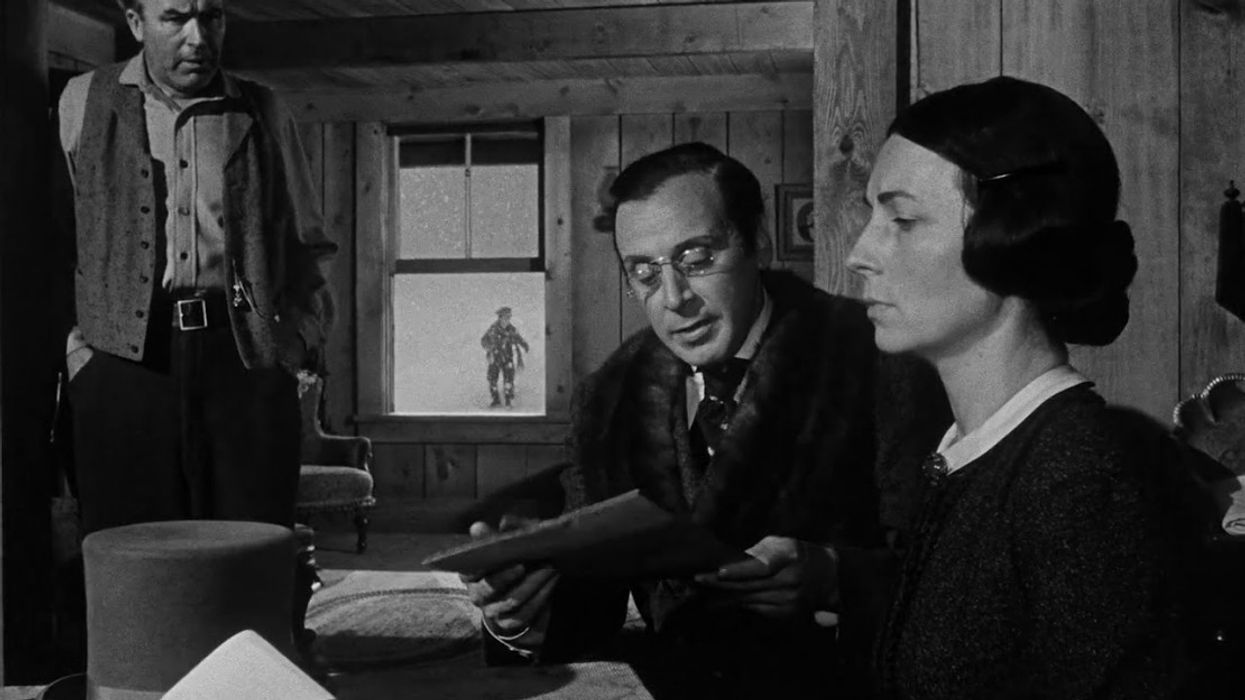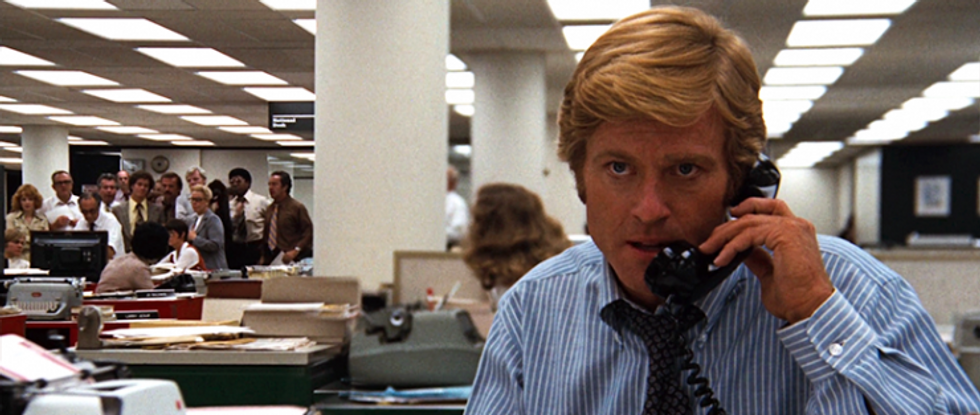What is Deep Depth of Field? (Definition & Examples)
The deep depth of field in some cinematography is all-encompassing and beautiful. But how do they achieve those shots and how can you recognize them?

Cinematography is a language. You have to practice it to become fluent.
One of the first things you need to learn is depth of field.
What is that? Well, depth of field is defined as the distance between the nearest and the farthest objects that are in acceptably sharp focus in an image. So, basically it's what's in focus within the frame you're shooting, to put it really, really simply.
Today, I want to specifically target deep depth of field. It's a great place to start out as a filmmaker and it has a ton of practical uses moving forward.
So let's jump into the article and see what we can learn.
What is Deep Depth of Field? (Definition & Examples)
Deep depth of field definition
Depth of field is all about focus. So a deep depth of field means that a larger area is in focus, even everything in the frame. Sometimes this is called "deep focus."
Why use a deep depth of field?
If you want everything to be crisp, clear, and pop visually, you'll want your focus to be deep. Since this view has a larger amount in focus, deep depths of field are best for landscapes or sweeping wide shots.
So what sets this apart from shallow depth of field?
Deep depth of field vs. shallow depth of field
A shallow depth of field refers to a small area in focus. Often the subject is in focus, while the background is blurred. This is best for portraits, and one way to adjust this is with aperture. A deep depth of field captures a larger area in focus, often keeping everything in the image sharp and clear.
How to create deep depth of field
So how do you create a deep depth of field?
You need to use an aperture setting of f/16 or smaller. Don't forget, the focal length of your lens will also affect this, so do some camera tests to make sure it looks right. If you have a lens package, pick wide-angle lenses. They usually have a deeper depth-of-field than telephoto lenses when set to the same f-stop.
Let's look at a few examples to educate ourselves.
Deep depth of field examples
Perhaps the most famous example of deep depth of field comes from Citizen Kane. In this film, Orson Welles uses deep depth of field to emphasize the sprawling estate of Charles Foster Kane. But he also uses it to show Charles as a child, in focus, playing in the background while his parents sell him to high society.
This shot allows us to see Charles' mother making crucial life decisions while seeing his innocent play outside. You can juxtapose two different emotions together to create quite a striking effect.
But you don't have to stay in film history for these shots.
Darren Aronofsky's Mother! used deep depth of field in the shot below to actually crowd the character and the frame. We see everyone's faces in focus and feel them coming for her, for us.
This shot denies our safety and sets the tone of the film.
In All the Presidents Men, we get this shot of Robert Redford getting the scoop. but instead of blurring out the background, we keep everything in focus to show there are important things going on behind him as well. To be fair, this is a split diopter shot, but it still achieves the deep depth of field look.
What's next? Learn 50+ Camera Angles, Tips, and Tricks!
Have you ever been overwhelmed at the possibility of every camera angle, framing, and shot type available as a filmmaker? Us too. So we provided a cheat sheet with definitions for you!
Click for more.












![Ethos, Pathos, Logos: 20 Effective Ways to Advertise [Infographic]](https://nofilmschool.com/media-library/ethos-pathos-logos-20-effective-ways-to-advertise-infographic.jpg?id=34064614&width=600&height=600&quality=90&coordinates=560%2C0%2C0%2C0)

